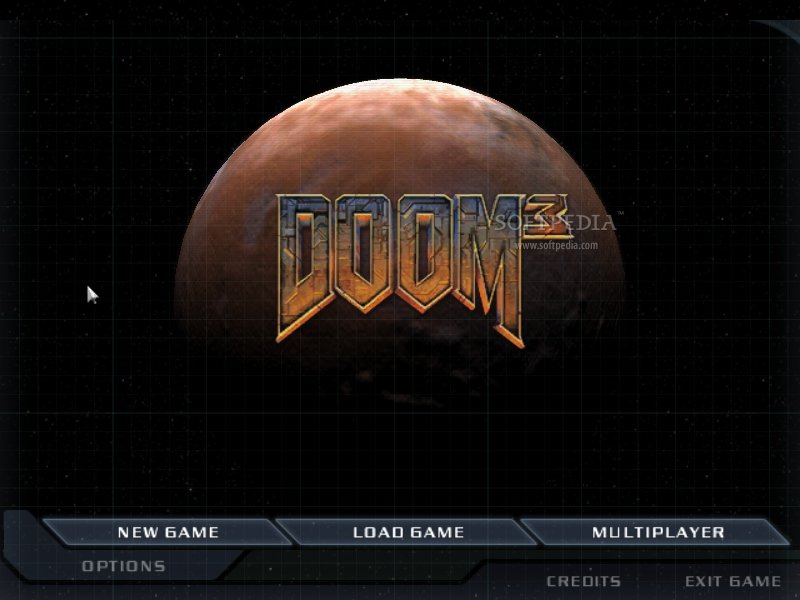
- #Doom 3 demo for windows 7 driver
- #Doom 3 demo for windows 7 Patch
- #Doom 3 demo for windows 7 windows 7
#Doom 3 demo for windows 7 Patch
Patch SVGA256.DRV, install, and behold Windows 3.1 at 1024×768…still drawing pixels really slow, but at this point, I’ll take it. Run QEMU (even a modern version) with ‘-vga std’, which is now the default, so on a new version you can leave -vga unspecified.
#Doom 3 demo for windows 7 windows 7
Where can you run this program You can run it on any computer with Windows 7 and. Here you build a custom map, place items, and even customize game logic and AI, providing you with endless replay value you can share with friends or the whole world.
#Doom 3 demo for windows 7 driver
Maybe I tried a different one before? Anyway, use the SVGA driver here: DOOM 3 BFG Edition includes an all-new chapter in the DOOM 3 experience ‘The Lost Mission’, featuring eight heart-pounding single player levels and a completely new storyline that will have players once again on the edge of their seats. Create your own stages with SnapMap, Doom’s inbuilt powerful, but user-friendly level editor. My theory is that there are many strains and variations of the original Japheth SVGA patch floating around, and I’ve downloaded a lot of them. But without the driver, you’ve got 640×480 in 16 colors, and with it, a decent 1024×768 in 256, so it’s an improvement if only to have a big enough desktop that File Manager is comfortably usable. It’s pretty slow - you can actually watch the screen draw lines and paint windows, just like with QEMU’s vanilla VGA, so it’s probably not going to be fast enough for many games. So now I went back and tried it again, and now it worked. And I’m sure I actually did, and it failed, just like it did for the OP author. In fact, the original post mentions doing this, so if I’d forgotten, this post would have reminded me to try it. It worked! The thing that disturbs me though is, I’m certain I did not neglect to try this before.

Instead of using ‘-vga cirrus’, I tried for ‘-vga std’, and used the patched version of the Microsoft 256-color SVGA driver, just as I had done previously to get 1024×768/8bit in DOSEMU. Just thought I’d follow up about Windows 3.1 SVGA in QEMU: If it was only about the music, it would be crazy, but I like the production process enough that for me it’s also become about how the sausage is made.Īnyway, it amazes me that QEMU made this Cirrus emulation with the specific intention of being as compatible as possible, and it’s actually evolved into the finickiest video chipset real or virtual that I think I’ve ever seen anywhere. Basically, I’ve gone off the deep end with this. I more or less collect audio/MIDI tools on DOS, Windows 3.1, WIN32, MacOS, Commodore 64/128, Amiga, Atari, and I’m on Linux natively, and I try to have all the tools (toys?) available, in emulation if possible, but also actual old hardware is an option as well with its own problems and advantages. The reason I’m doing all this old platform emulation is because I never want to give up my old MIDI/studio software. (Certainly DOSemu is quite hit and miss.) It looks like, short of going back to an earlier QEMU, there’s probably no Windows 3.1 SVGA for me.

It’s ok, I already have Windows 3.1 SVGA working in DOSemu using Microsoft’s patched 256-color driver, but because I’m greedy and I want it all, I wanted to see if I could have it available and fully working in current QEMU as well, since each of these virtualization options has its own problems and advantages.


 0 kommentar(er)
0 kommentar(er)
